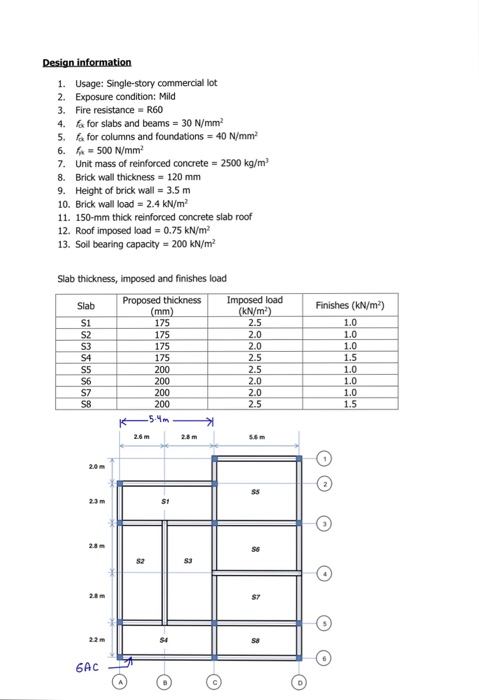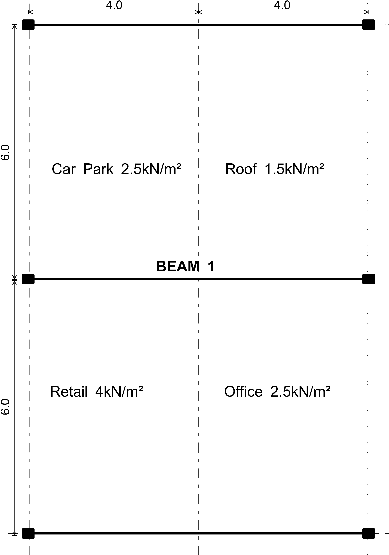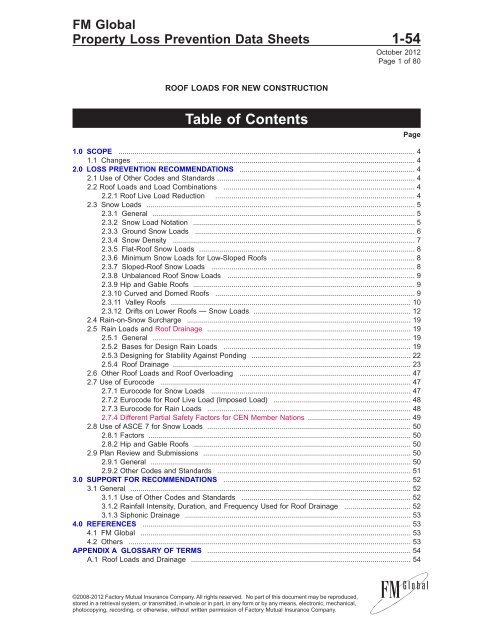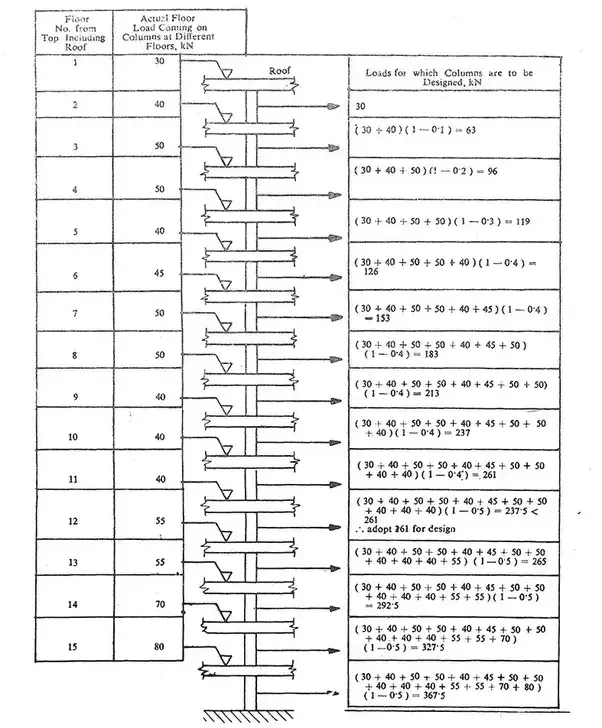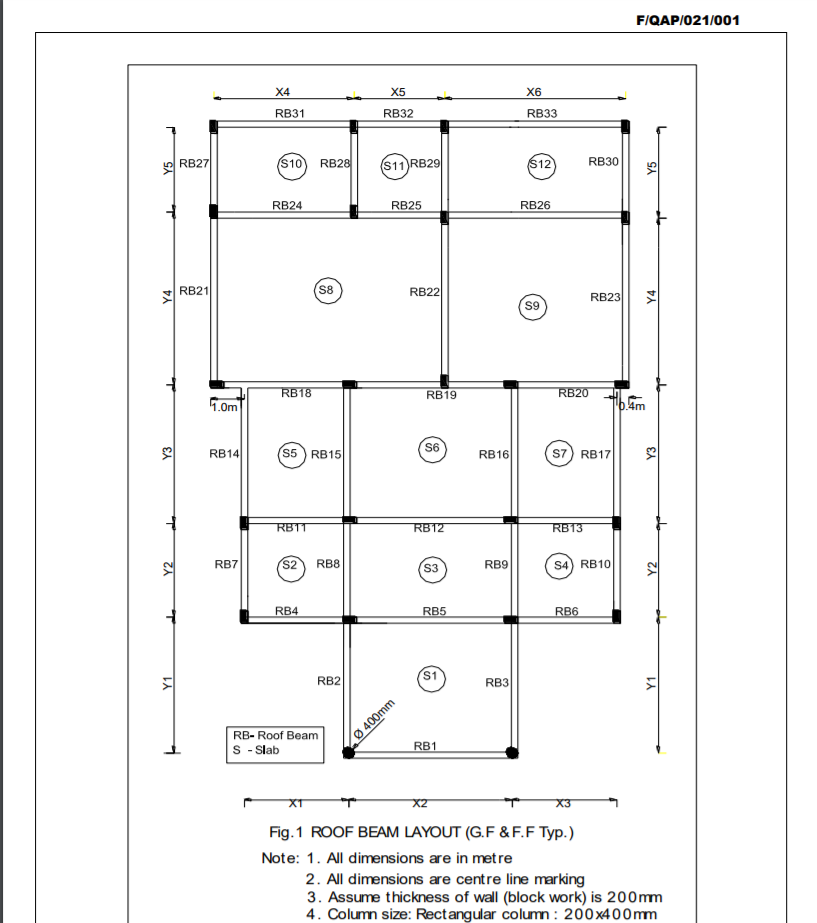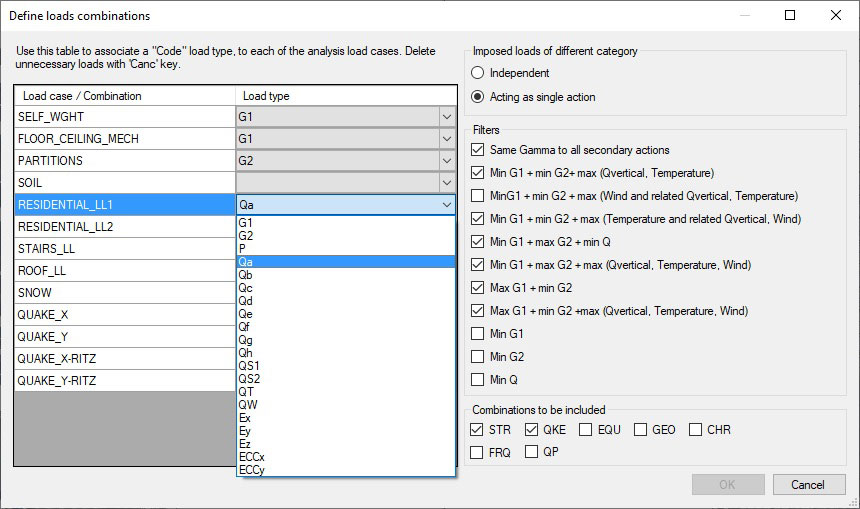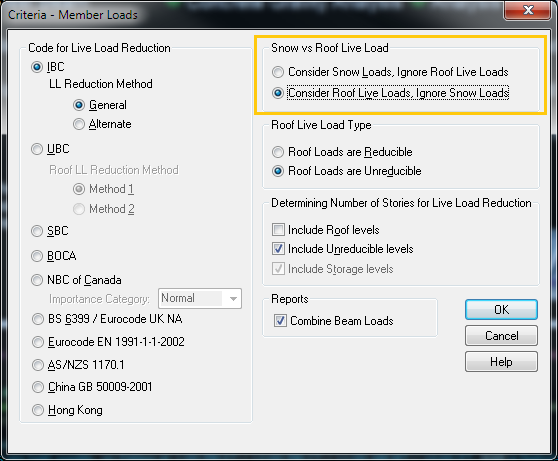Imposed Load On Roof Eurocode

If the imposed load is considered as an accompanying action i e.
Imposed load on roof eurocode. Loads specified are represented by uniformly distributed loads udl concentrated loads line loads. In eurocode phraseology it is described as a quasi permanent variable action. Reductions can not however be applied to roof imposed loads. The method given below complies with the bs en 1991 1 1 uk national annex but differs from that given the eurocode.
Actions on structures. Imposed loads for building floors and roofs section 6 according to. Imposed load is defined as the load that is applied to the structure that is not permanent and can be variable. On roofs particularly for category h roofs imposed loads need not be applied in combination with either snow loads and or wind actions.
6 3 1 2 10 a reduction factor for imposed loads for area aa may be used and should be determined using aa 1 0 a 1000 0 75 na 1 bs en 1991 1 1. When the imposed load is considered as an accompanying action in accordance with en 1990 only one of the two factors ψ en 1990 table a1 1 and αn 6 3 1 2 11 shall be applied. Please be aware that this note does not cover lateral loads onto barriers balustrades and axle loads from vehicles. En 1991 1 1 imposed loads 6 2 1 floors beams and roofs 1 p for the design of a floor structure within one storey or a roof the imposed load shall be taken into account as a free action applied at the most unfavourable part of the influence area of the action effects considered.
A ψ factor is applied to the imposed load case in a combination then as stated in the base eurocode cl 3 3 2 the imposed load reduction should not be applied at the same time.









